GOGHI (고희)
2.9Km 2021-03-26
17, Jahamun-ro 12-gil, Jongno-gu, Seoul
+82-2-734-4907
A good café to have a meal as it has a brunch menu as well as drinks. This cafe is located in Jongno-gu, Seoul. The representative menu is americano.
Parc Sajik à Séoul (사직공원(서울))
2.9Km 2022-09-19
89, Sajik-ro, Jongno-gu, Seoul-si
+82-2-2148-2834
Le parc Sajik est l’un des trois parcs les plus populaires de Jongno-gu, avec le parc Tapgol et le parc Samcheong. Situé à l’Ouest du complexe du gouvernement central, au Sud-Est du mont Inwang, le parc possède la taille impressionnante de 188,710 m².
Le nom du parc remonte à 1395, lorsque Taejo Lee Sung-gye construisit le premier Sajikdan (autel dédié aux divinités d’Etat), avec en son centre, le sanctuaire Jongmyo (sanctuaire ancestral royal). « Sa » désigne la divinité de la terre, tandis que « jik » se réfère au dieu des cinq céréales. Des rituels pour obtenir une bonne récolte avaient lieu régulièrement au Sajikdan. Néanmoins, le site n’a pas été reconnu officiellement comme parc jusqu’en 1922, lors de la période coloniale japonaise.
Dans le parc, on trouve plusieurs terrains de jeux, des statues de Sin Saimdang, Hwanghakjeong et Yi I (souvent mentionné sous son nom de plum « Yulgok »), ainsi que la bibliothèque municipale des enfants. Le sanctuaire de Dangun et la bibliothèque de Jongno se trouvent à proximité. En suivant le sentier près du parc Sajik pendant environ 5 minutes, les visiteurs peuvent atteindre le parcours de randonnée du mont Inwang relativement facilement.
Seochon Guest House [Korea Quality] / 서촌 게스트하우스 [한국관광 품질인증]
2.9Km 2023-04-07
28-3, Jahamun-ro 7-gil, Jongno-gu, Seoul
+82-010-3345-9680
Seochon Guest House is located in Seochon, which is becoming a hot place for tourists in Seoul, and precisely on the road to Suseong Valley, whichis filled with interesting stores and is also well-known for Park Nosoo Art Gallery and the House of Yun Dong-ju (poet). Seochon Guest House is nicknamed ‘Jaeminangol (interesting village)’ after Baekseok’s poem ‘Yeowunangol’, with the aim of providing a visit full of interesting experiences. Passing through a garden and entering the main building, the unique charm of this hanok building, the staircase to get to the first floor from daecheong (main floored room), catches the eye of the visitors. In addition, the building is decorated with various stylish objects including paintings and Korean musical instruments. The terrace situated on the first floor offers an open view of the surrounding area including roof tiles of hanok structures and alleyways in Seochon. It is said that Korean novelist Yoon Hu-myeong also appreciated the structure of the guesthouse, saying, “It is an interesting place.” Built in the 1930s, the house, which has many storage places, was taken by the owner couple in spring 2014 as they were attracted by the house during their trip to Seochon. After the repair work, the ground floor of the house was opened for guests from January 2016, hoping that guests could share their daily experiences and stories with each other. The guestrooms and the main floored room on the ground floor are open to guests, with the exception of the first floor, which is used by the owner couple. The living room is equipped with books, a curved TV, and a table. The tasty meal, which is served in the kitchen, consists of rice and soup with six side dishes and is much loved by guests. The guesthouse offers a total of four rooms – Jae Room, which is the most Korean-style room; Mi Room, which has a combined style of a Korean-style room and Western-style room; Nan Room, which is an ideal room for meditation with a beautiful paper window; and Ahn Room, which is equipped with a veranda and a pretty flowerbed. Every room has its separate charm with various comfortable bedding to provide a quiet and cozy bedroom for guests in the middle of the city. Furthermore, the guesthouse holds a pansori (epic chant) performance twice a year. The owner started learning how to sing pansori to promote the Korean culture and tradition to foreigners. When a pansori performance is held, the owner offers traditional Korean snacks and drinks including sikhye (sweet rice punch), sujeonggwa (cinnamon punch), traditional sweets and cookies, and tteok (rice cakes) to visitors, tourists, and performers. Moreover, it provides cultural programs such as a Gukak (Korean classical music) experience, Korean traditional clothes experience, and making Korean food experience, as well as other activities with guests, such as trip to the city wall between Inwangsan Mountain and Bugaksan Mountain, and the Royal Palace Tour to Gyeongbokgung Palace, etc., as well as a trip to a traditional market.
Taco Chilichili (타코칠리칠리)
2.9Km 2021-10-06
218, Noksapyeong-daero, Yongsan-gu, Seoul
+82-2-797-7219
Taco Chilichili serves high-quality taco dishes that are simple, delicious, and reasonably priced. Although food at the restaurant differs somewhat from traditional Mexican cuisine, the quesadillas, and rice-filled burritos are still delicious.
Indoor dining areas are located on the first and second floors of the restaurant; there is also an outdoor dining area on the second floor. The dining area on the first floor only has a few tables and can be noisier, but it also gives diners the unique experience of seeing their food as it is prepared. For a quieter dining experience, head up to the wider seating sections on the second floor. Both floors of the restaurant feature unique interior design that makes this restaurant stand out from others.
Podam (포담)
2.9Km 2021-03-22
11, Jahamun-ro, 9-gil, Jongno-gu, Seoul
+82-2-733-0831
A store featured in Korean gourmet programs. This Chinese (cuisine) restaurant is located in Jongno-gu, Seoul. The most famous menu is dim sum.
Jalppajin Memil - Seochon Branch (잘빠진메밀 서촌)
2.9Km 2021-03-18
41-1, Jahamun-ro, Jongno-gu, Seoul, Korea
+82-70-4142-1214
This is a Korean cuisine located in Jongno-gu, Seoul. A restaurant that uses noodles made with 100% buckwheat directly by the chef. The best menu at this restaurant is dumpling hot pot.
Marché aux puces de Séoul (서울 풍물시장)
2.9Km 2024-12-19
21 Cheonho-daero 4-gil Dongdaemun-gu Seoul
+82-2-2232-3367
Le Marché aux Puces de Séoul fut nouvellement créé autour du Pont Hwanghakgyo, de la 8ème Rue Cheonggyechon et est désormais en train de devenir une destination touristique célèbre avec la Rivière Cheonggyechon, haut lieu touristique de la capitale. Il s’agit d’un des marchés aux puces les plus importants, préservant la culture des marchés traditionnels coréens et attirant les visiteurs à
la recherche d'objets folkloriques représentant le charme unique de la Corée. Ces objets comprennent des produits de la vie quotidienne, des souvenirs, des biens traditionnels et même de la gastronomie traditionnelle, permettant ainsi aux visiteurs de profiter du shopping et de manger un
bon plat par la même occasion. Le Marché aux Puces de Séoul est
ainsi un lieu débordant de traditions coréennes et reflétant le style de vie des coréens dans le passé.
Il tire son origine du marché aux puces de Hwanghak-dong, où de nombreuses boutiques de rue et marchands se rassemblaient autour de la Rivière Cheonggyecheon avant qu’elle ne soit réhabilitée et remodernisée. Le marché fut relocalisé au Stade de Dongdaemun pendant cette période de rénovation. Aujourd’hui, la zone du Stade de Dongdaemun est en train d’être reconstruite en un parc.
On trouve de nombreux types d’objets au Marché aux Puces de Séoul : des objets traditionnels, des objets d’artisanat, des spécialités locales ou encore des articles de mode. Vous pourrez également profiter des nombreux mets raffinés (gastronomie traditionnelle et cuisine fusion internationale). Ce qui rend ce marché si spécial, c’est qu’il est possible d’y trouver des objets très rares ainsi que des objets traditionnels authentiques impossible à dénicher dans d’autres endroits. Son atmosphère mélange l’ancien, les traditions et la modernité, proposant ainsi aux visiteurs une grande expérience de shopping. Il vaut définitivement la peine d’être visité.
Hojil (호질)
2.9Km 2021-03-20
15, Jahamun-ro, 9-gil, Jongno-gu, Seoul
+82-2-764-6822
A good restaurant to visit before and after the tour, being located near Gyeongbokgung Palace, one of the tourist attractions. This restaurant's signature menu is spicy sea snail salad. This Korean dishes restaurant is located in Jongno-gu, Seoul.
Seoureseo Duljjaero Jalhaneunjip (The Second Best in Seoul) (서울서둘째로잘하는집)
2.9Km 2020-06-16
122-1, Samcheong-ro, Jongno-gu, Seoul
+82-2-734-5302
The delicious, sweet, red-bean soup called “Danpatjuk” in Korean and served at “The Second Best in Seoul” has been an all-time favorite since it opened in 1976. Not only the exterior, but the interior as well, is very simple and modest, similar to a teahouse in the '70s. This does not keep people from coming back because the unforgettable taste of the sweet red-bean soup makes them return again and again.
“The Second Best in Seoul” was originally opened as a teahouse for traditional Korean medicinal tea; sweet red-bean soup being one of the main specialties on their menu list. But, nowadays, sweet red-bean soup has become the most popular menu item. Sweet red-bean soup can be enjoyed as a light meal because it fills you up quickly. In addition, the chestnuts, gingko nuts, red beans, and glutinous rice cake that are in the thick red-bean soup provide good nutrition.
TIP: The name is very special, right? “The Second Best in Seoul” was named by their modest mind of making food with utmost sincerity.
Le Studio de l’artisanat et les arts traditionnels (서울풍물시장 전통문화체험관)
2.9Km 2020-07-15
19-3, Cheonho-daero 4-gil, Dongdaemun-gu, Seoul-si
+82-2-2232-3368
Le studio de l’artisanat et des arts traditionnels, a été créé afin d’offrir aux visiteurs nationaux et internationaux du marché folklorique de Séoul, l’opportunité d’admirer et de fabriquer de nombreux objets traditionnels. Le studio permet aux visiteurs étrangers d’expérimenter les aspects uniques de la culture traditionnelle coréenne et ainsi mieux comprendre le pays. Pour les Coréens, les programmes culturels du studio leur permettent de revivre leur enfance et d’expérimenter des choses qu’ils ne connaissent souvent que grâce aux livres. Le studio de l’artisanat et des arts traditionnels est un lieu idéal pour les familles qui veulent passer un bon moment et pour ceux qui souhaitent apprendre plus sur la culture traditionnelle coréenne.
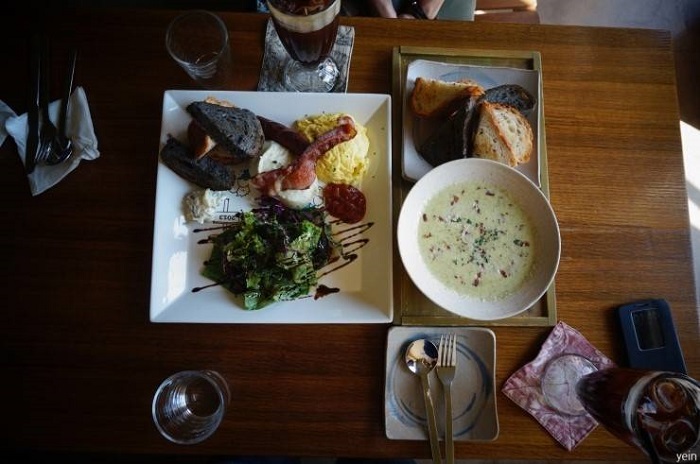
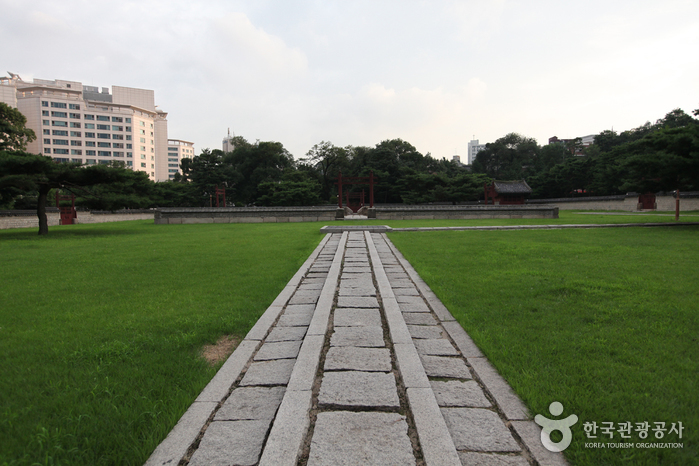
![Seochon Guest House [Korea Quality] / 서촌 게스트하우스 [한국관광 품질인증]](http://tong.visitkorea.or.kr/cms/resource/41/2447241_image2_1.jpg)
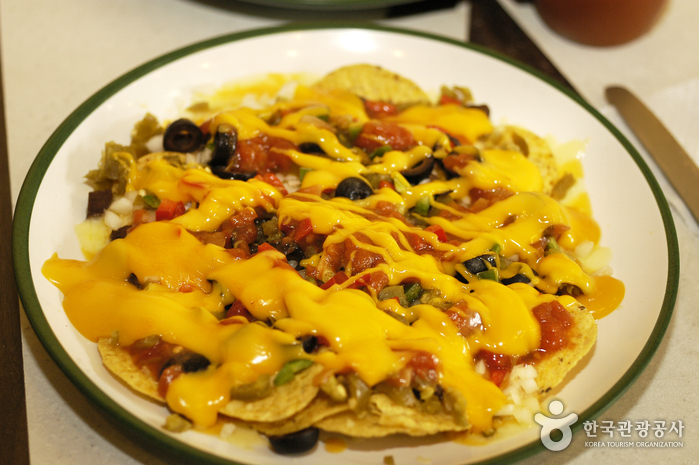
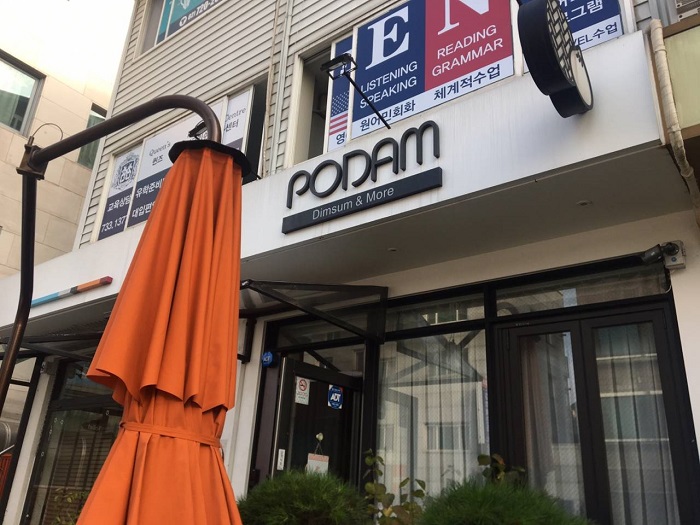
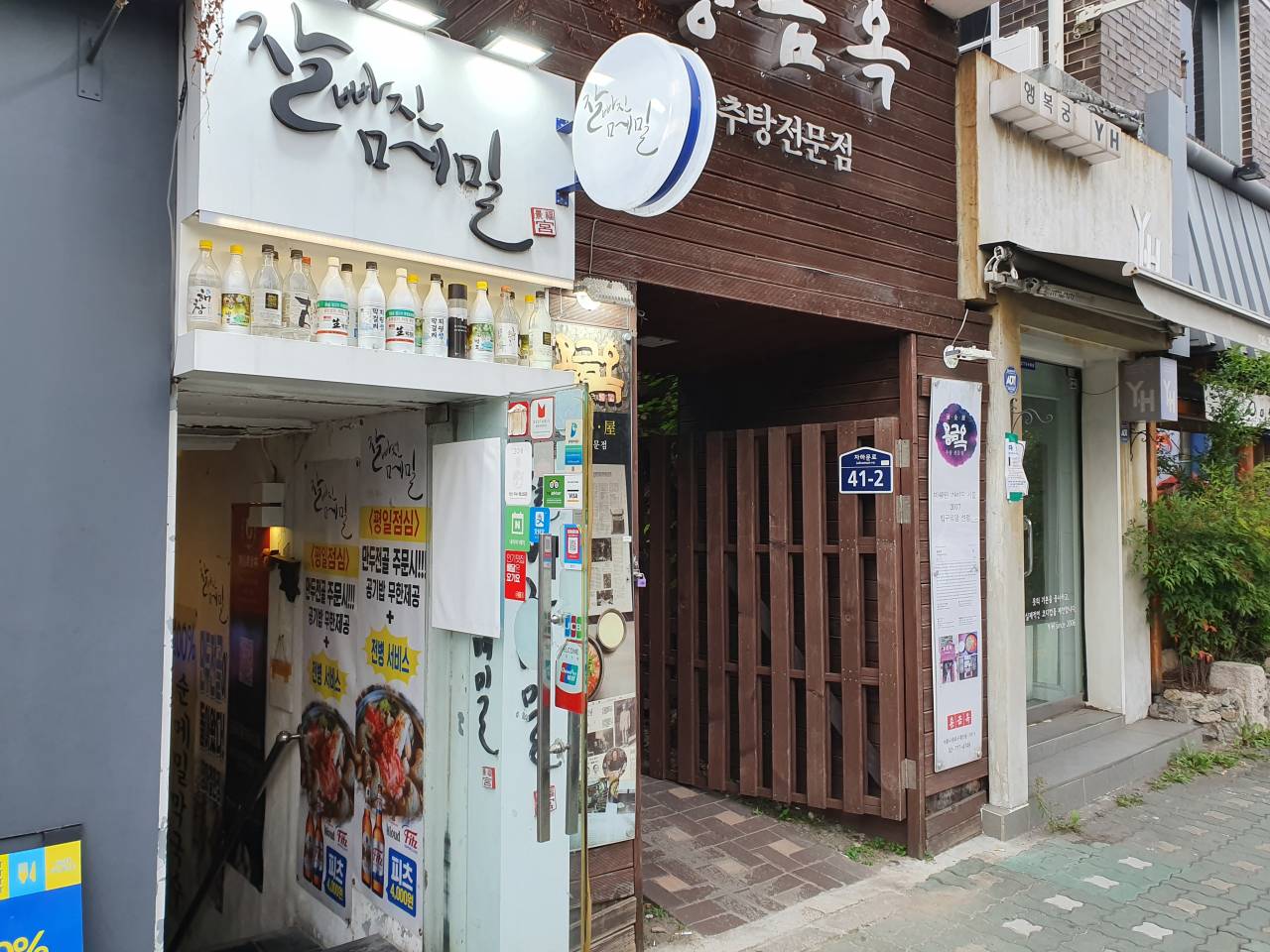
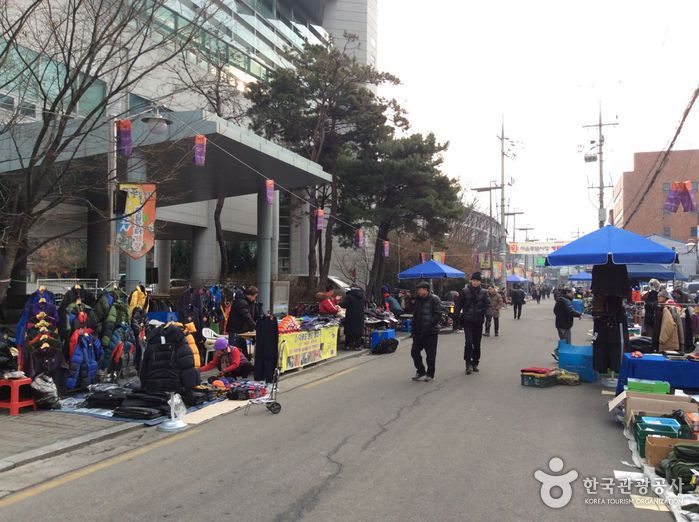
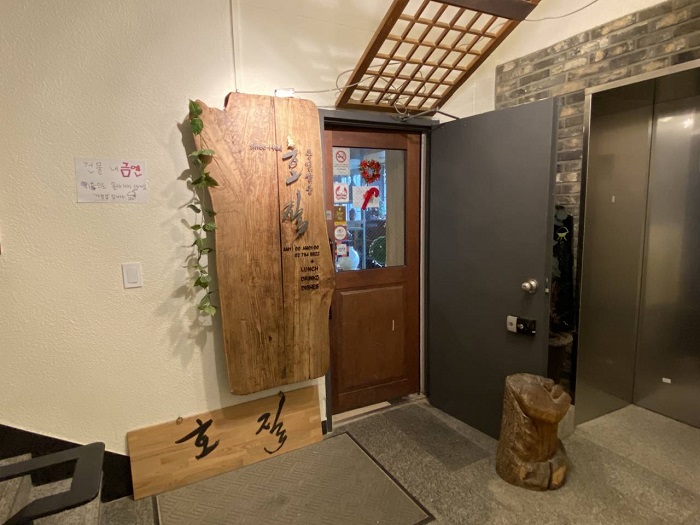
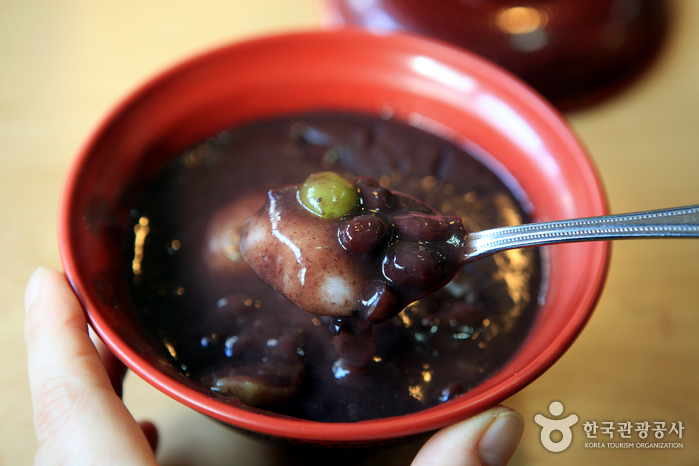
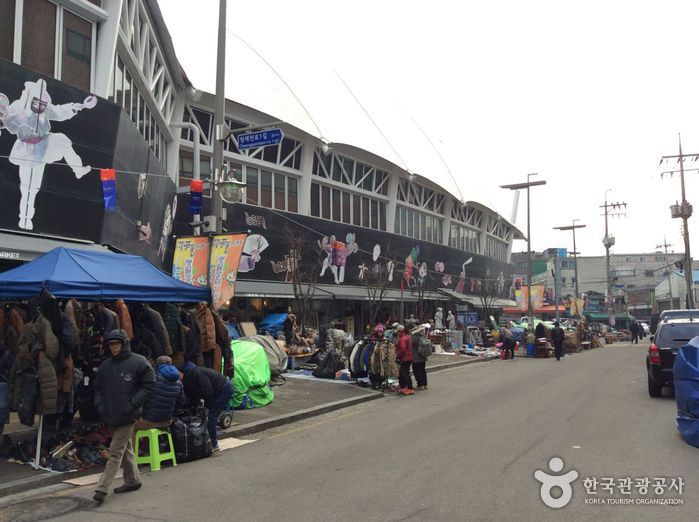
 Français
Français
 한국어
한국어 English
English 日本語
日本語 中文(简体)
中文(简体) Deutsch
Deutsch Español
Español Русский
Русский